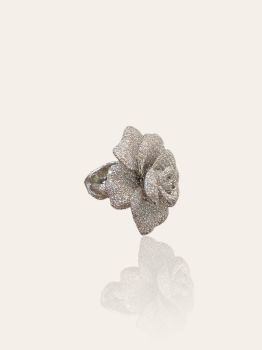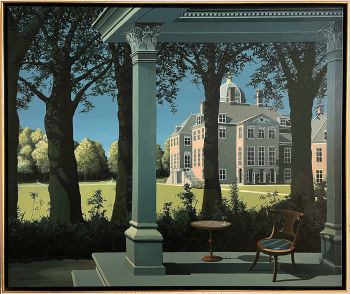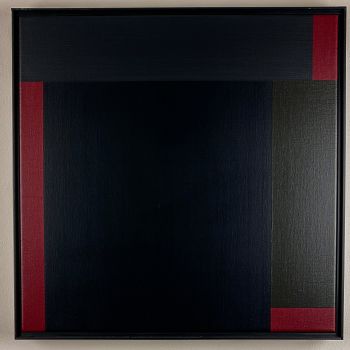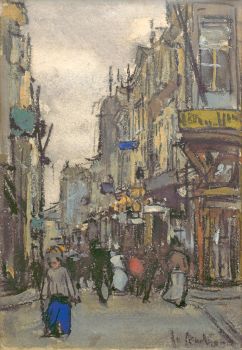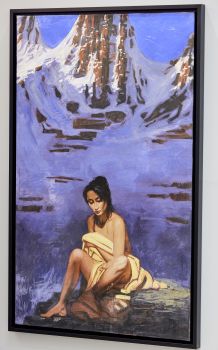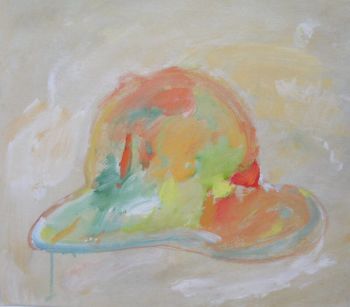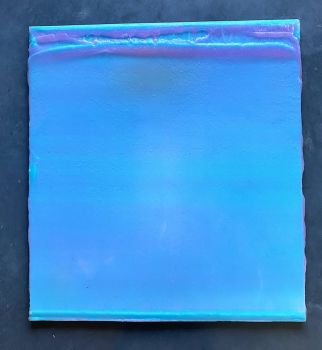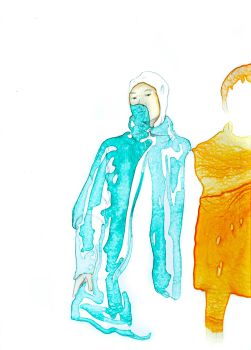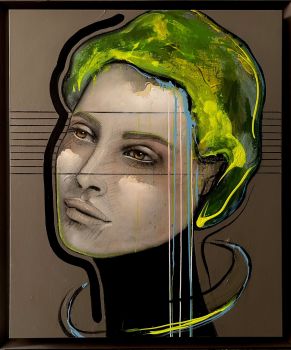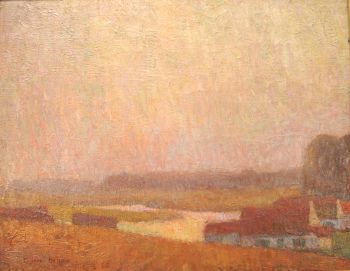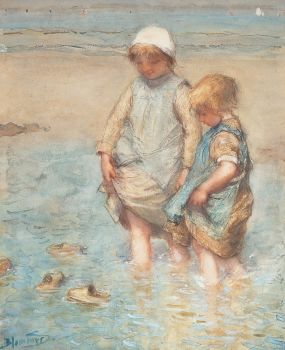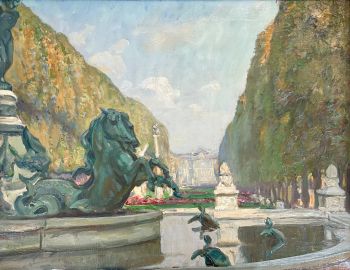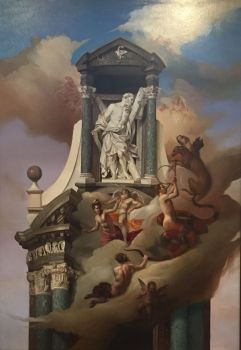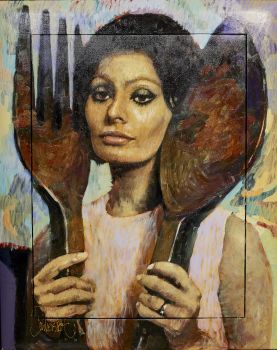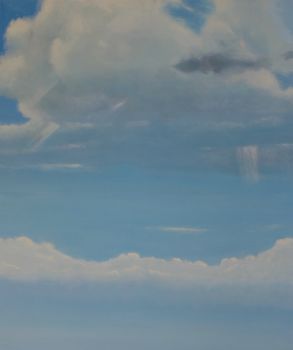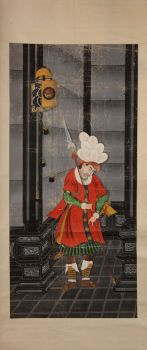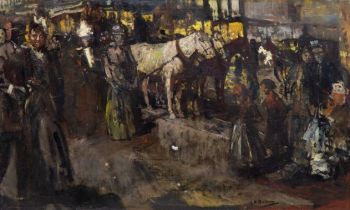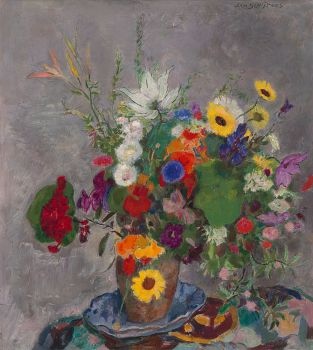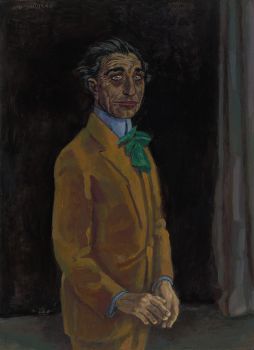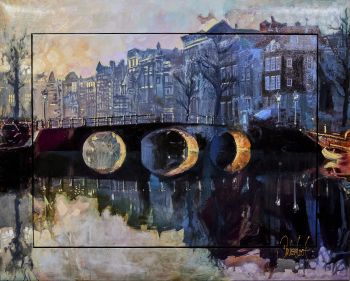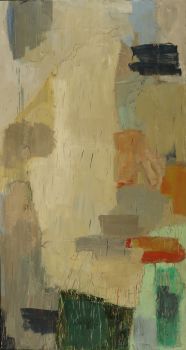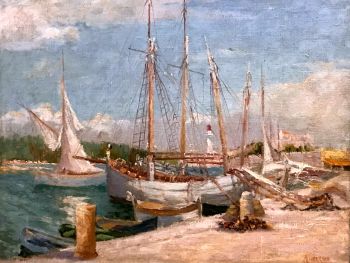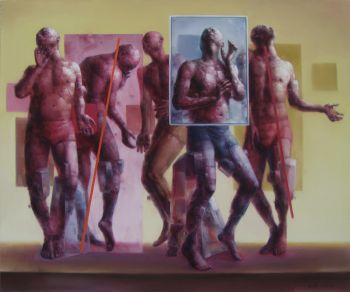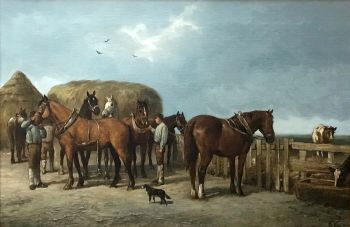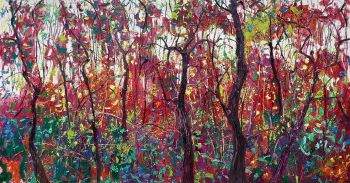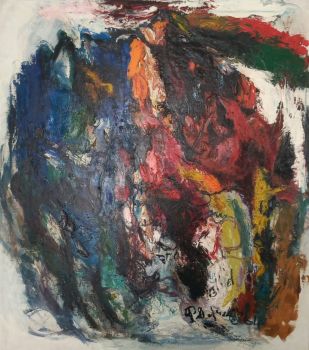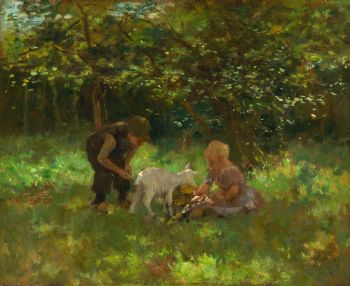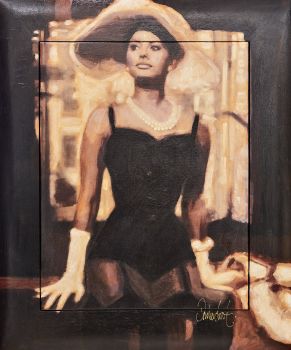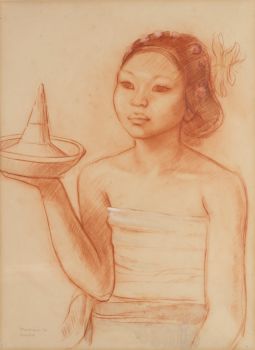Portrait of Hendrik Brouwer (c. 1581-1642), Governor-General of the former Dutch East-Indies 1650 - 1700
Artista Desconocido
Óleo sobre lienzo original
33 ⨯ 24 cm
Precio a consultar
Zebregs & Röell - Fine Art - Antiques
- Sobre la obra de arteTitled ‘Hendrik Brouwer Gouvr. Generl. van India’ and annotated at the reverse 1640 Holl. Ausstellung Lenzburg 1934, Katalog
Oil on panel, H. 33 x W. 24.6 cm
Hendrik Brouwer was born in circa 1581, somewhere in the Spanish Netherlands. He moved to Amsterdam at a young age, where he served six years as an apprentice to Leonard van Raey, an Amsterdam merchant, for whom he made journeys to Spain, Portugal and possibly the Dutch East Indies. In 1610 Brouwer sailed to the East Indies as commander of a fleet of three ships. On his initiative, he explored the Southern route, from Cape of Good Hope to the East, turning North to Java almost as far as the west coast of Australia. This route was so much quicker that the Heeren XVII, the VOC directors in the Netherlands, decided that this would be the route to Batavia (Jakarta) from then on.
In Batavia, he didn’t get on very well with Governor-General Pieter Both, who sent him as Opperhoofd or Chief-Merchant to the VOC trade post in Japan, Hirado, in 1613. Brouwer made a court journey to Edo to pay respect to the Shogun and bring him the customary gifts such as telescopes, guns, globes and books on European science and shipbuilding. In 1613 Brouwer established the first Dutch trade post in Siam.
He returned to Amsterdam in 1617, where he became one of the directors of the VOC. In 1632 he accepted, for three years, the post of Governor-General in Batavia. In 1641 Brouwer was back in Amsterdam but apparently out of favour
with the Directors of the VOC, as he was now appointed Governor-General of the WIC, the Dutch West India Company. The position was not bad, if he had not been commanded to sail out to conquer the Spanish silver mines in Peru. During the magnanimous but unsuccessful attempt, Brouwer died in 1642 in front of the coast of Chili at Puerto Inglés. - Sobre el artista
Puede suceder que un artista o creador sea desconocido.
Algunas obras no deben determinarse por quién está hecho o por (un grupo de) artesanos. Algunos ejemplos son estatuas de la Antigüedad, muebles, espejos o firmas que no son claras o legibles, pero también algunas obras no están firmadas en absoluto.
También puedes encontrar la siguiente descripción:
•"Atribuido a …." En su opinión, probablemente una obra del artista, al menos en parte.
•“Estudio de….” o “Taller de” En su opinión, una obra ejecutada en el estudio o taller del artista, posiblemente bajo su supervisión
•“Círculo de…” En su opinión, una obra del período del artista que muestra su influencia, estrechamente asociado con el artista pero no necesariamente su alumno.
•"Estilo de …." o “Seguidor de…”. En su opinión, una obra ejecutada al estilo del artista pero no necesariamente por un alumno; puede ser contemporáneo o casi contemporáneo
•"Manera de …." En su opinión una obra al estilo del artista pero de fecha posterior
•"Después …." En su opinión, una copia (de cualquier fecha) de una obra del artista
•“Firmado…”, “Fechado…” o “Inscrito” En su opinión, la obra ha sido firmada/fechada/inscrita por el artista. La adición de un signo de interrogación indica un elemento de duda.
•“Con firma…”, “Con fecha…”, “Con inscripción…” o “Lleva firma/fecha/inscripción” en su opinión la firma/fecha/inscripción ha sido añadida por alguien que no es el artista
¿Está interesado en comprar esta obra de arte?
Artwork details
Related artworks
- 1 - 4 / 12
Bernardus Johannes Blommers
SPELENDE VISSERSKINDEREN1845 - 1914
Price on requestGalerie Het Noorderlicht
1 - 4 / 24Unknown artist
A RARE COMPLETE INDIAN SADELI INLAID WORK AND WRITING BOX1800 - 1850
Price on requestZebregs & Röell - Fine Art - Antiques
Unknown artist
Japanese transition-style lacquer coffer 1640 - 1650
Price on requestZebregs & Röell - Fine Art - Antiques
Unknown artist
A IVORY NETSUKE OF A DUTCHMAN HOLDING A COCKEREL18th century
Price on requestZebregs & Röell - Fine Art - Antiques
Unknown artist
AN UNUSUAL INDONESIAN LOBBED SILVER DISHlate 17th
Price on requestZebregs & Röell - Fine Art - Antiques
Unknown artist
A GILT-SILVER SRI LANKAN DOCUMENT SCROLL CONTAINER 19th century
Price on requestZebregs & Röell - Fine Art - Antiques
Shiba Kokan
Painting of a Fantasy Dutchmanearly 19th
Price on requestZebregs & Röell - Fine Art - Antiques
Unknown artist
Two study portraits of Mas Marco Kartodikromo 1900 - 1950
Price on requestZebregs & Röell - Fine Art - Antiques
1 - 4 / 24- 1 - 4 / 24
Theo Meier
“A Balinese woman with offerings”1936
Price on requestZebregs & Röell - Fine Art - Antiques
Unknown artist
AN IVORY NETSUKE OF A DUTCHMAN FROLICKING WITH A SMALL BOY18th century
Price on requestZebregs & Röell - Fine Art - Antiques
Unknown artist
A Surinam-themed Amsterdam long-case clock1746 - 1756
Price on requestZebregs & Röell - Fine Art - Antiques
 Curated by
Curated byGallerease Magazine
1 - 4 / 12










